The moon plays a pivotal role in Earth’s ecosystem through its gravitational effects and nighttime illumination. Exploring the hypothetical scenario of “what would happen if the moon disappeared” reveals profound impacts on various creatures and ecosystems that depend on its presence.
Also Read: Benefits of Credit Cards: Use Wisely to Get the Real Advantages
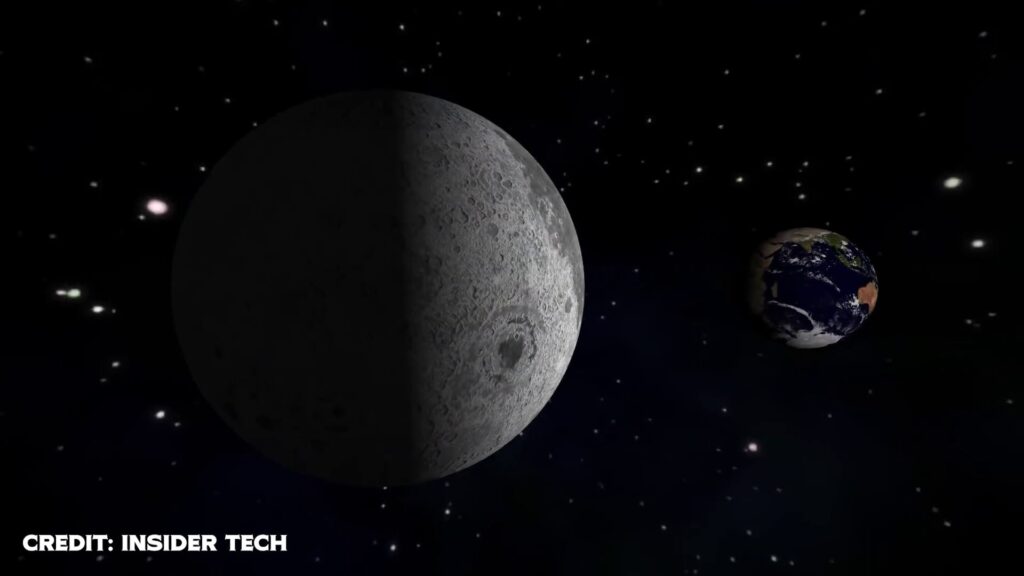
Disruption of Day and Night Patterns
In the imagined absence of the moon, a significant consequence emerges a disruption in the established day and night patterns. This sudden vanishing of the moon’s gentle night-time glow would lead to confusion among animals, compelling them to rely solely on starlight. Nocturnal animals used to relying on the moon’s light might struggle to tell day from night, causing shifts in how they behave and hunt.
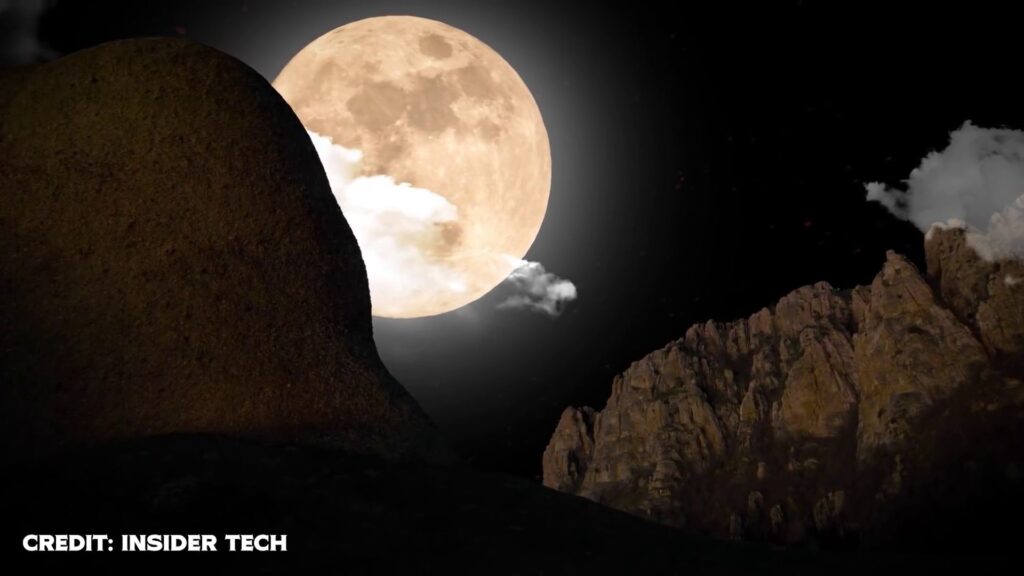
Predator-Prey Dynamics
An intriguing aspect that surfaces in the contemplation of “what would happen if the moon disappeared” involves predator-prey dynamics. Predators that capitalize on moonlight for successful hunting would face daunting challenges. Without the moon’s gentle light, it would be harder for predators to see their prey, leading to less successful hunts. Consequently, a gradual decline in predator populations might transpire due to inadequate sustenance.

Ecosystem Imbalance
Eliminating the moon from this hypothetical scenario sets off a chain reaction in ecosystems. The delicate equilibrium maintained by predator-prey dynamics would be disturbed. Predators facing challenges in hunting without moonlight might trigger an unchecked increase in prey numbers. This disruption could reverberate throughout the food chain, causing some species to overpopulate while others dwindle.
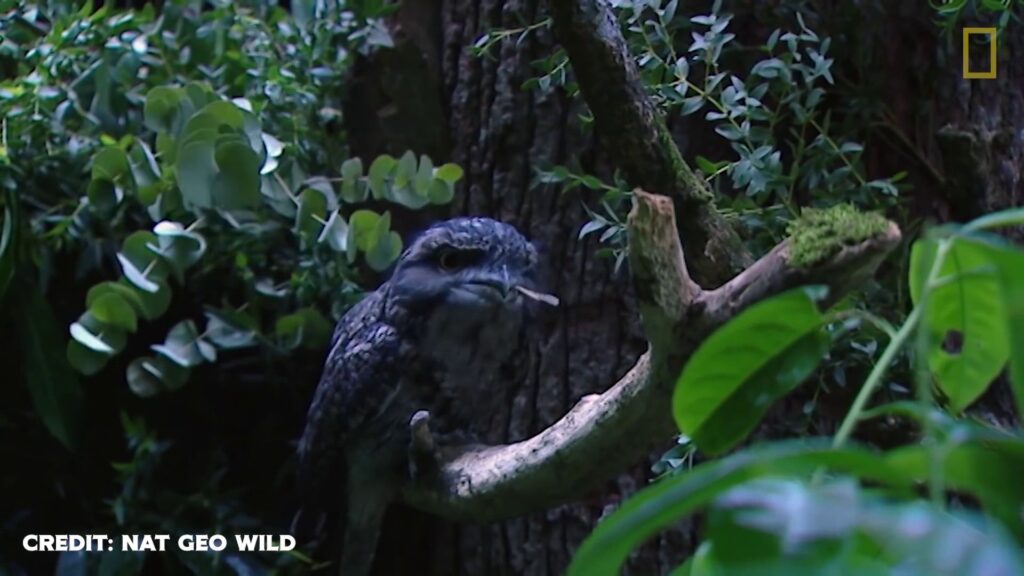
Nocturnal Creatures and Reproduction
Another layer to consider in the hypothetical absence of the moon is the plight of nocturnal creatures. These animals heavily rely on the moon’s light for navigation and reproduction. The abrupt disappearance of this nocturnal beacon could disrupt their behaviour and reproductive patterns, possibly endangering their survival strategies.
Altered Tidal Patterns and Coastal Ecosystems
Addressing the question “what would happen if the moon disappeared” uncovers a remarkable effect on Earth’s tides. Lunar gravitational forces drive ocean tides, and without the moon, tidal patterns would be significantly altered. Coastal ecosystems, which depend on regular tides, would experience upheaval. Reduced and erratic tides would disrupt coastal life, impacting industries reliant on maritime activities and tourism.
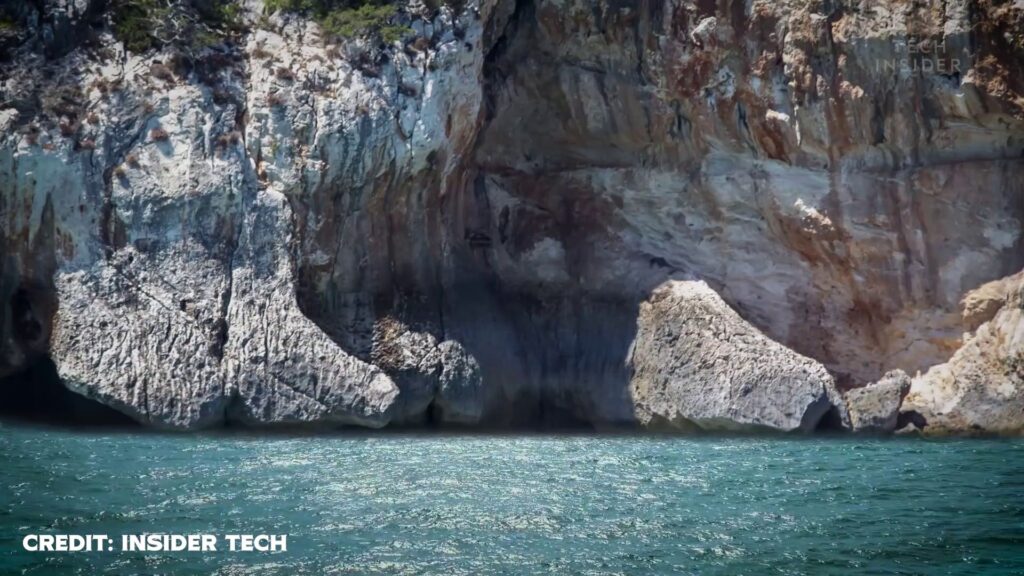
Implications for Coastal Life
A focal point in the exploration of the moon’s disappearance is the impact on coastal life. Organisms such as crabs, mussels, starfish, and snails have evolved to synchronize their activities with tidal patterns. In the absence of reliable lunar-driven tides, these organisms would confront substantial challenges, potentially leading to population declines and ecological disturbances.

Coastal Ecosystem Collapse: A Dual Impact on Land and Sea Life
In the scenario of the moon’s disappearance, coastal ecosystems’ collapse would reverberate across both terrestrial and aquatic habitats. The vanishing coastal ecosystems would disrupt the delicate equilibrium between life on land and beneath the waves, resulting in far-reaching ecological disturbances.

Tidal Movements and Climate Stabilization
The moon’s orchestration of tides, which shape the ebb and flow, is critical for Earth’s climate stability. The complex interaction between tides and ocean currents regulates the distribution of warmth within oceans. Yet, if the moon were to vanish suddenly, its gravitational influence gone, the planet would experience severe and erratic temperature swings. This would intensify the already existing climate change issues. The abrupt vanishing of the moon would significantly worsen the urgent problem of climate change. This event would trigger a series of disastrous events, pushing humanity’s survival to a critical point.
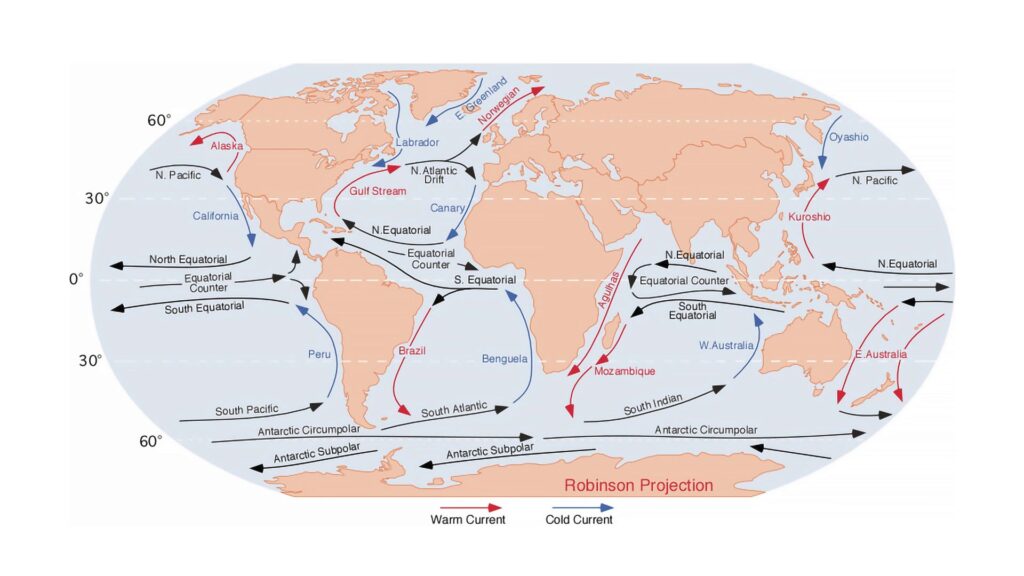
Axial Tilt and Seasonal Changes
Earth’s 23.5-degree axial tilt choreographs the seasons – spring, summer, autumn, and winter. Without the moon, this axial balance would falter. The axis would sway unpredictably, creating a turbulent climate scenario. The outcomes could range from ice age-like cold to scorching heat, making our environment inhospitable.
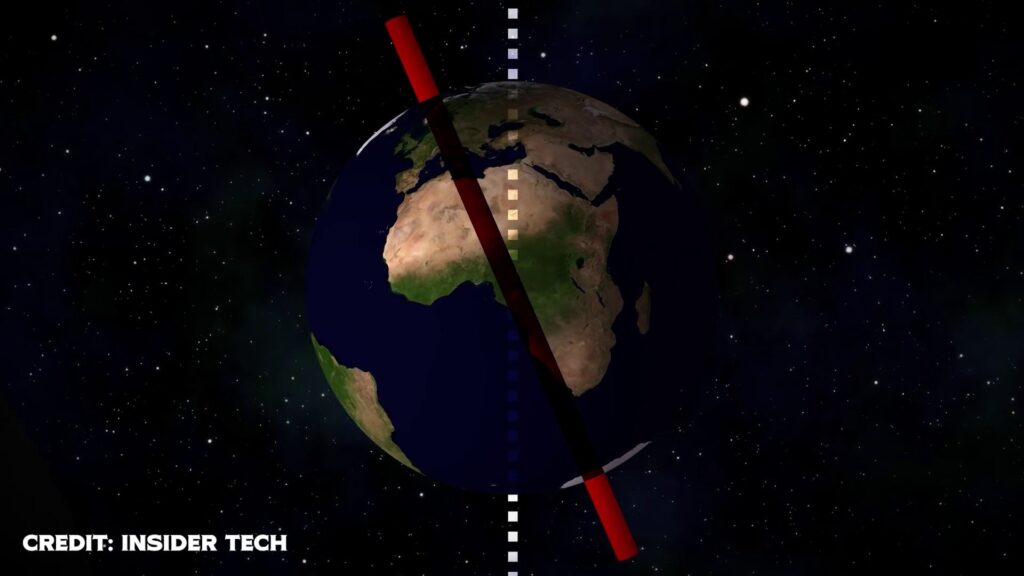
Acceleration of Earth’s Rotation
The moon’s pull slows Earth’s rotation, leading to longer days. If this force was removed, our planet would spin faster, causing shorter days. While it might seem minor initially, this change would deeply affect ecosystems and, ultimately, long-term human survival.
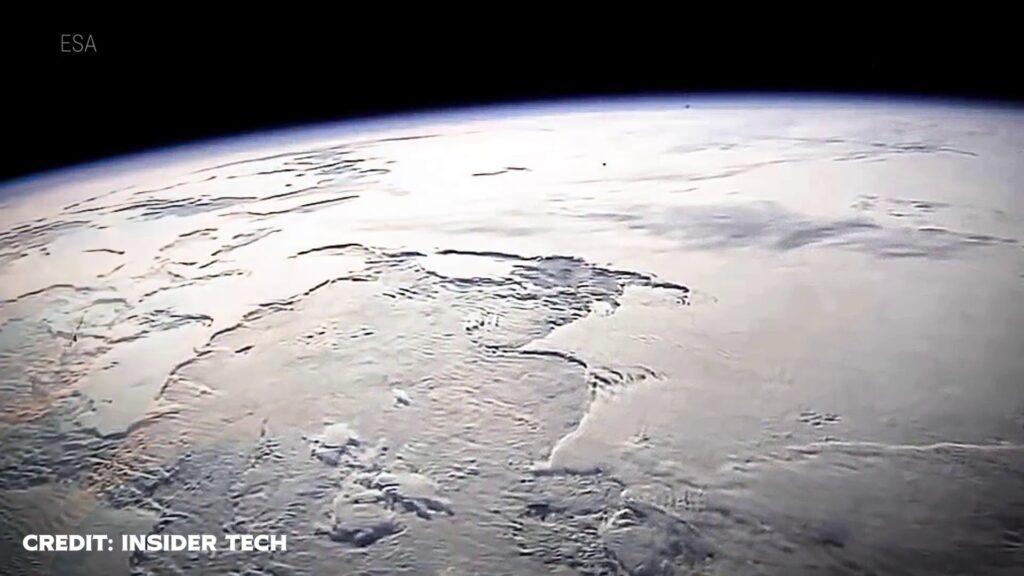
Watch “What Would Happen If the Moon Disappeared” in Hindi
Don’t Miss: 19 Best Tom Cruise Movies For Unmissable Action-Packed Thrills
The Moon’s Crucial Role in Earth’s Survival
The sudden disappearance of the moon is unlikely to happen. Indeed, each year, the moon gradually moves about 3.8 centimeters away from Earth. So, the moon’s impact on Earth won’t diminish abruptly. It’s uncertain, really. I brought up this topic simply because “What would happen if the moon disappeared” is a hypothetical question. Many among you might ponder this. That’s why I have made this article for you. Hope you guys have enjoyed the article and learned something new, if you have any queries write them down in the comment section below Thanks for visiting.
